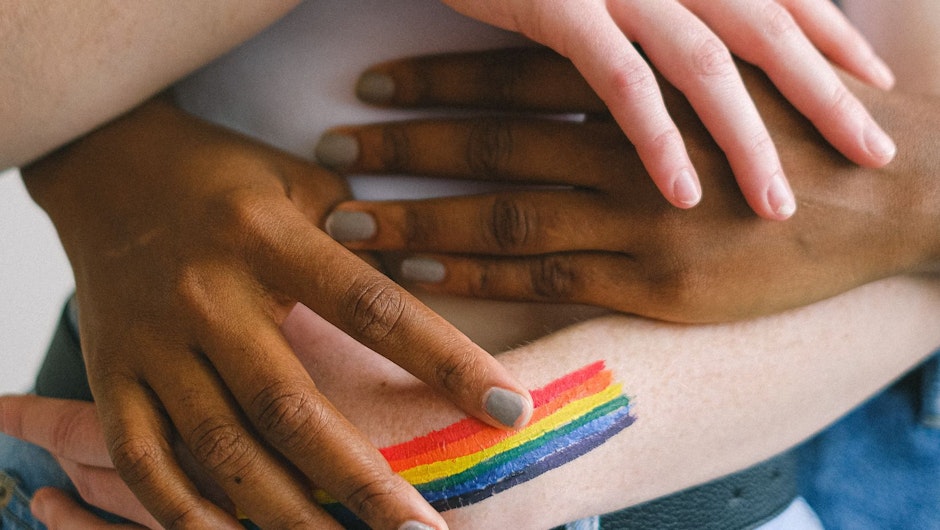How can brands reach an under-represented audience with advertising?
After the uncertainty of the last few years, brands globally were forced to shift their priorities simply to stay afloat, and advertising budgets often suffered

Spurred on by the social movements gaining traction around the globe, companies such as Nike and Ben & Jerry’s aligned themselves with campaigns for justice, utilizing social media as a means to reach the masses with supportive and impactful messages.
With conversations around DE&I becoming more nuanced, brands need to start asking themselves: is diverse representation in advertising enough and how can advertisers better help brands reach under-represented parts of the population?
Diversity on screen
More than ever before, there is a demand from consumers for diverse content. It is important to two-thirds of UK consumers that the brands they buy from actively show their support for diversity and inclusion, while a further 36% said they were likely to boycott brands that didn’t support diversity. For younger generations, it’s an even more crucial issue – 85% of Gen Z say they want to see diversity in advertising.
Diverse ads also garner more positive responses – especially from those who are represented in them. Recent research of UK consumers found that diverse content results in a ‘diversity dividend’, with Black British audiences scoring ads that feature Black casts higher than white British members of the population. This heightened response shows that feeling seen, feels good. As stated by System 1 researchers, “when people see their life or culture represented on screen, it resonates more powerfully and emotionally.”
Diversity in house
Despite major strides, diversity on screen is still not representative of the world at large. Brands can help change this, but without diversity behind the scenes in tandem, their efforts may fall flat.
A team of inspired, diverse creatives will help to create inspired diverse brands. It helps brands avoid potential pitfalls while creating campaigns that have genuine inclusivity built-in, instead of giving consumers a ‘box-ticking’ feeling.
Making the right impact
If a tree falls in a forest and no one is around to hear it, does it make a sound? If a socially conscious ad created by a diverse team of marketers doesn’t reach its intended audience, does it make an impact?
Many brands still rely on keyword blocklists to ensure their advertising appears in safe contexts online, but with more dynamic forms of content that are popular on platforms like YouTube and TikTok, these legacy brand safety solutions simply don’t cut it. As well as increasing the possibility of appearing next to inappropriate content, these blunt tools can prevent brands from reaching their intended audiences.
Research undertaken by Publicis and Zefr highlighted this issue. Zefr analyzed keyword blocklist terms, examining block rates across video, Global Alliance for Responsible Media (GARM) risk thresholds and DE&I content. Zefr found that diversity, equity and inclusion content is blocked 2.7x more than general content – despite 90% of the blocked videos being labelled as ‘no risk’ across all GARM categories.
Let’s say a brand’s keyword blocklist prevents its ads from appearing adjacent to any content with the word ‘black’ in it. While it negates appearing next to content with hate speech or similar, this blunt tool can mean missing out on a raft of social justice, diversity and equality content – as well as blocking unrelated content such as ‘The Black Panther’ film.
Keyword blocking bias in video
Zefr’s study found that the traditional keyword list approach blocked nearly two thirds of targetable videos – a total of 29 billion daily video views and impressions. Of those blocked videos, 93% were labelled as ‘no risk’ across all GARM categories, with only 0.6% labelled ‘high risk’ in one GARM category.
To better find and reach their target audiences, brands need to go beyond safety and prioritise suitability. Not only does relying on static keyword blocklists leave brands vulnerable to possible safety issues but they risk losing precious engagement from consumers who react far more positively to diverse content. Taking responsibility is therefore the first step towards removing unconscious bias at play and dealing with the modern complexities of advertising across video.
Powerful AI-enabled solutions exist to tackle this issue and coupled with GARM’s industry standards for targeting and verification, can maximize digital effectiveness while ensuring social responsibility values are upheld. Through using the right technology, brands will feel empowered to shift their spend into more nuanced advertising environments, reducing misaligned impressions from unsuitable content.
Like all other areas of society, advertising needs to embrace diversity and inclusion at every level – and this includes how brands find and connect with their audiences. In this digital first, socially conscious era, blunt safety tools simply won’t suffice, and brands, advertisers and technology partners alike will all be held accountable if they miss the mark on supporting DE&I values.

